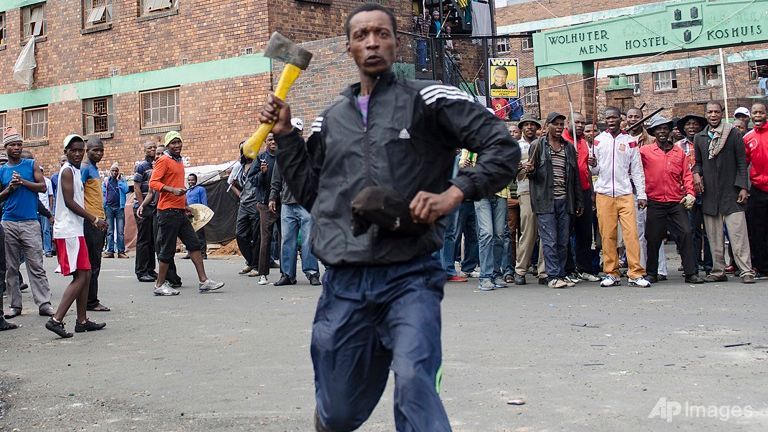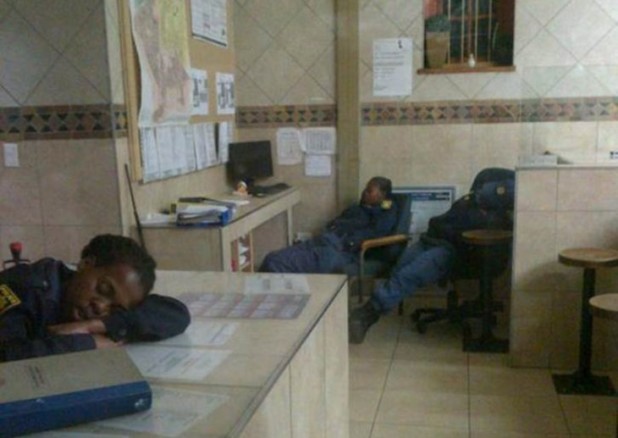The New Observer
February 20, 2016
Around 88 percent of all the active staff in the South African Police Services (SAPS) are HIV-positive, according to that country’s Deputy Police Minister Maggie Sotyu.
Speaking at a seminar which is being hosted by the country’s parliamentary Police Portfolio Committee, and which is focused on the high number of police killings in the country, she said the AIDS-ridden force include both “police officers and non-career personnel.”
“The 88 percent is made up of active personnel, clerks, public services act members, and sweepers,” she said.
AIDS is not the only problem plaguing the South African Police Services. According to a report issued last year, of the 158,548 operational members, some 40,000 have failed or do not have firearm competency certificates.
According to official opposition Shadow Minister of Police, Dianne Kohler Barnard, most police services globally require operational members to requalify in firearm competency twice a year. “Here it is becoming the norm for armed officers not to have a competency certificate — which means there are police breaking the law.”
Barnard added that it was difficult for the public in South Africa to “feel empathy because a third of civilians are scared of the police.
“They run away from them, not to them if there is trouble. If they are stopped at a roadblock they expect to be robbed; if they are pulled aside they expect to be manhandled, arrested on nonexistent charges, thrown in a van, taken on a terrifying joyride, thrown in a filthy cell and released without charge the next day. They expect to be raped.”
She noted that nearly half of South Africans feel there is no point in reporting crime “because they do not trust our police. It is truly a broken blue line.”
* A 2014 audit revealed that that 1,448 serving South African police officers were convicted criminals, among them a major-general, ten brigadiers, 21 colonels, ten majors, 43 lieutenant-colonels, 163 captains, 84 lieutenants and 716 warrant officers.
The 1,448 police officers had all been convicted of “serious crimes” ranging from murder and attempted murder to rape, assault, corruption, theft, robbery, house-breaking, drug trafficking, domestic violence, and aiding escapees. At least 64 of them were based at police headquarters.

